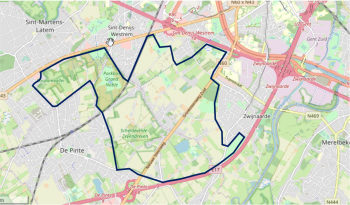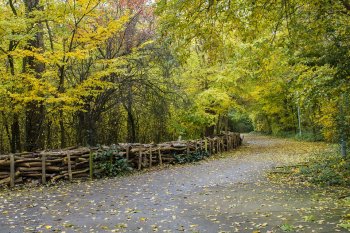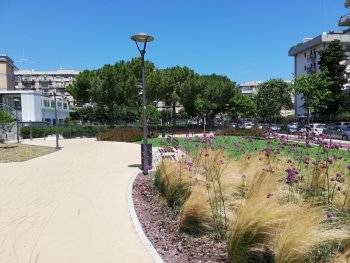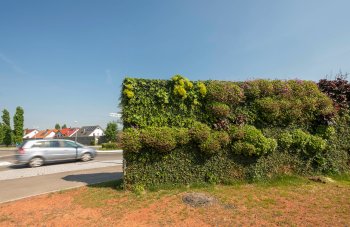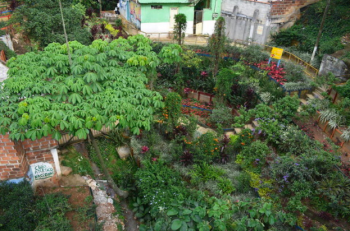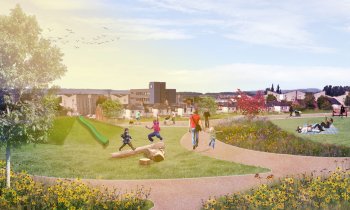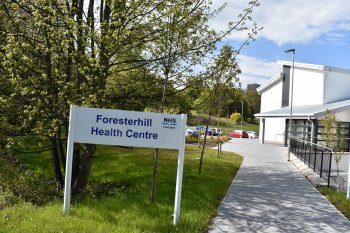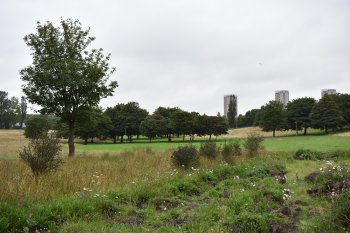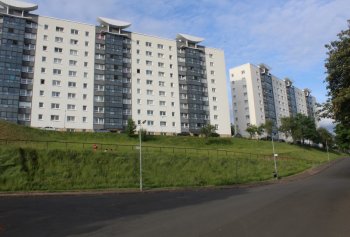Parkforest Ghent – Belgium
Starting with a single focus on afforestation, the project aimed at integrating Nature-Based Solutions for limiting flooding, enhancing biodiversity and reducing traffic noise pollution.
Following an integrated approach, further objectives included:
- Safeguarding agriculture in the long term, by setting aside dedicated areas for agriculture for local farmers;
- Increasing road safety for pedestrians and cyclists (restructuring crossings, developing links for recreational traffic);
- Providing opportunities for recreation and play;
- Safeguarding ...

